
5_HAS Design and Research injects spirituality into the Simple Art Museum ©W Workspace.jpg

矩阵纵横设计:安庆富春东方销售中心

洪德成作品:益田·影人四季花园E户型样板房

徐国峰:泛海国际 Art-Deco风格,华美主张
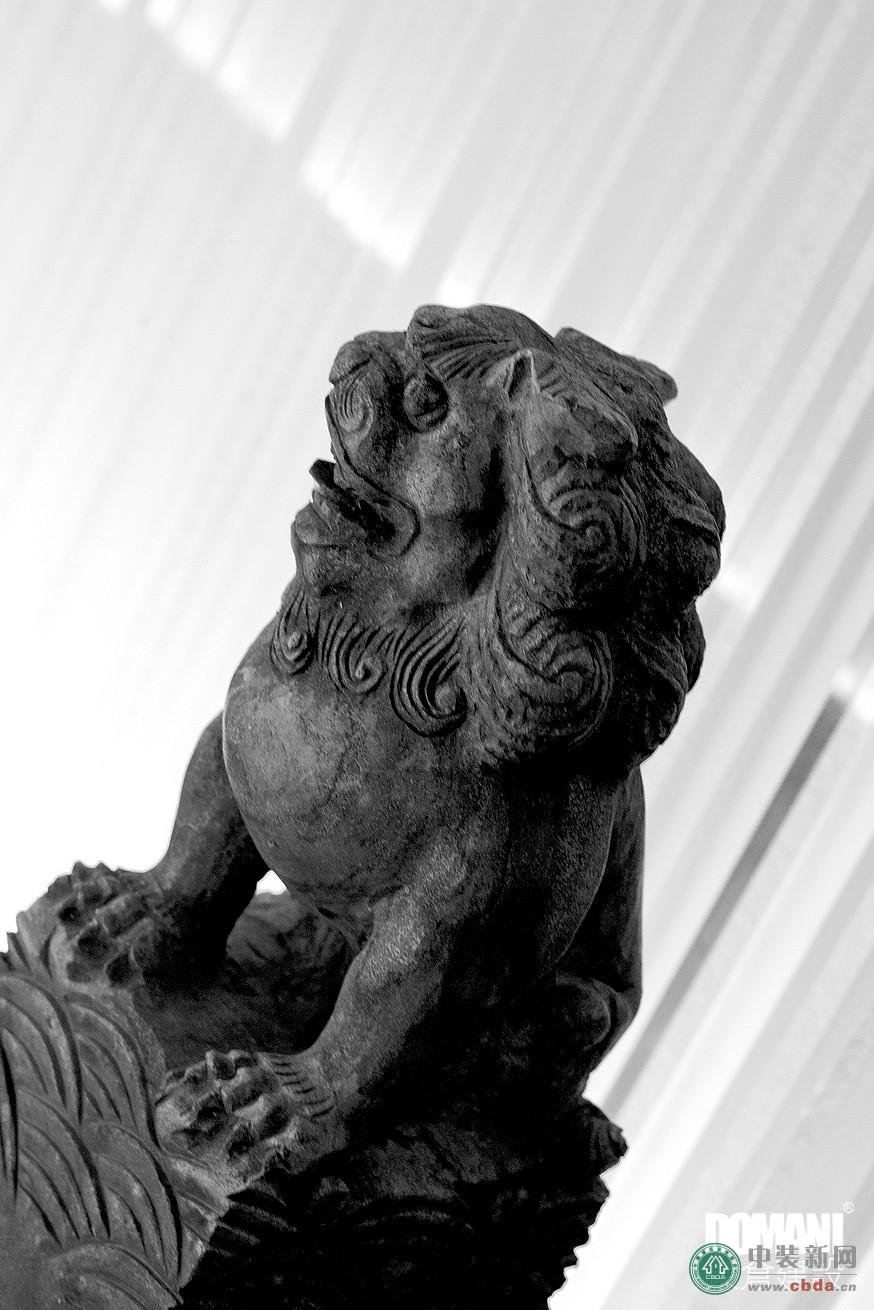
东仓建设张星:香港COCO办公室
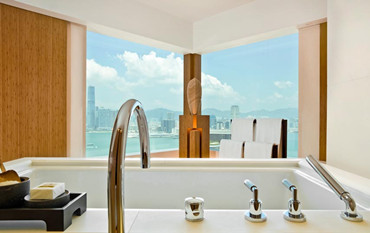
傅厚民:香港奕居精品酒店设计
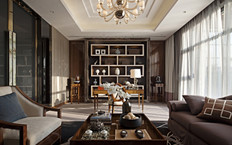
梁志天:北京富力湾湖心岛别墅项目A2户型
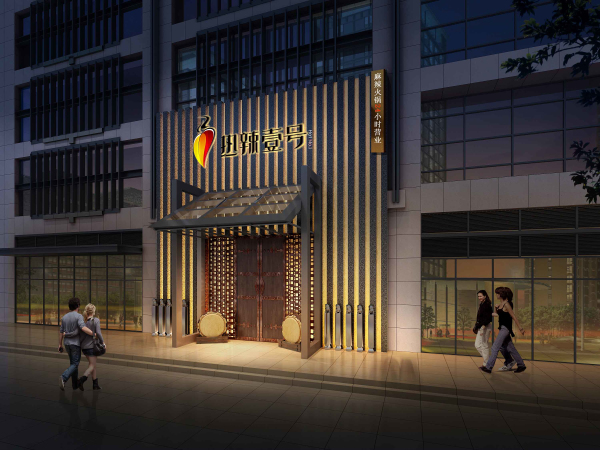
李冰冰、黄晓明、任泉合营火锅店热辣一号设计方案

倪卫锋作品:伊休高级实木定制案例
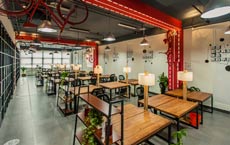
Work8众创空间——最具颠覆性的办公空间设计
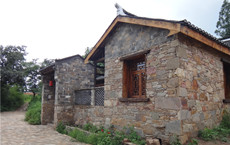
孙君:广水市桃源村乡村景观改造 古村落浴火重生
















































【主创设计师】

洪人杰(Jenchieh Hung)
HAS design and research建筑事务所创始人、主持建筑师
泰国暹罗皇家建筑师协会展览主席、首席策展人
朱拉隆功大学建筑学院客座教授
Jenchieh Hung
Co-Founder and Principal Architect, HAS design and research
Exhibition Chairman, The Association of Siamese Architects under Royal Patronage
Visiting Professor, Chulalongkorn University and Tongji University
HAS design and research建筑事务所由洪人杰(Jenchieh Hung)与Kulthida Songkittipakdee创立,他们被誉为引领新世代的建筑师,其创新设计被英国《Wallpaper*》杂志收录为“世界建筑师名录”,同时为Wallpaper*建筑师名录创立20多年来,首次也是唯一被收录的泰国建筑事务所。Hung And Songkittipakdee(HAS)的代表项目包括Phetkasem Artist Studio入选泰国暹罗皇家建筑师协会年度大奖、Casa de Zanotta获澳大利亚INDE.年度大奖、The Glade Bookstore获英国Dezeen杂志评为十大中国最美书店、Forest Villa获美国Architonic评为全球十大生态足迹项目、Museum of Modern Aluminum Thailand获泰国威望大奖,并受邀刊登于《亚洲建筑师协会期刊》封面特辑,其作品广见于报纸杂志和电视频道,包括美国建筑师时报、意大利Domus、韩国SPACE、泰国Amarin等全球数百个媒体杂志报导。
Jenchieh Hung与Kulthida Songkittipakdee也于学院担任客座教授与设计评论教席,包括同济大学建筑与城市规划学院、朱拉隆功大学建筑学院、泰国国王科技大学建筑设计学院,并创立中泰建筑研究室(Chinese-Thai Research Studio),研究东南亚与泰国建筑,以及策划系列国际建筑展览。2023年Jenchieh Hung被任命为泰国暹罗皇家建筑师协会展览主席、首席策展人,在曼谷艺术文化中心(Bangkok Art and Culture Centre)举办大地无限建筑展,2024年在曼谷IMPACT国际展览中心策划集群语言—亚洲当代建筑展(Collective Language - Asian Contemporary Architecture Exhibition);Kulthida Songkittipakdee则被任命为泰国暹罗皇家建筑师协会博览会主席,致力于泰国当代建筑的国际声音。
Jenchieh Hung and Kulthida Songkittipakdee founded HAS design and research and they are recognized as leading architects in the new generation, renowned for their innovative architectural designs in the "World Architects Directory" by Wallpaper* magazine in the United Kingdom. Hung And Songkittipakdee (HAS) has built an international reputation through winning competition entries, with their work standing out for its synthesis of form, pattern, material, and technology into singular, irreducible constructions. Their projects have received widespread recognition on international platforms and have been featured in publications such as The Best Architects in Bangkok 2023, Six Asian Design Firms You Need to Know, and The Projects Reshaping Chinese Architecture Today. HAS design and research's innovative work has been celebrated with numerous awards and honors, including the Australia INDE. Award, Wallpaper* Architects’ Directory, Thailand Prestige Award, and the Designer of the Year Award.
In 2023, Jenchieh Hung was appointed as the Exhibition Chairman and Principal Curator of The Association of Siamese Architects under Royal Patronage, curating the Infinity Ground Architecture Exhibition at the Bangkok Art and Culture Centre (BACC), as well as the Collective Language - Asian Contemporary Architecture Exhibition for The Association of Siamese Architects under Royal Patronage Exposition 2024 (ASA Architect Expo 2024) at the IMPACT Arena Exhibition and Convention Center. Alongside his design practice, he also serves as a Visiting Professor and Design Critics in Architecture at Tongji University, Chulalongkorn University, and King Mongkut's University of Technology Thonburi.
Simple Art Museum / HAS design and research
In the early 21st century, China witnessed a remarkable surge in museum construction. Cities blossomed under the banner of cultural revival, historical reimagination, and social care, shaping a new international vision for the nation's urban landscape. Over the past two decades—marked by monumental events like the Beijing Olympics, the Shanghai World Expo, the Hangzhou Asian Games, and the global pandemic—Chinese cities have transformed. The towering architecture that once symbolized progress has evolved into a more humanistic, life-centered, artistic, and socially conscious approach to urban regeneration.
Amid this cultural evolution stands the Simple Art Museum, a contemporary art museum that delves into the reflections of artists on society and the environment. Nestled in Anhui, China, in a burgeoning urban development on the old city's edge, the museum bridges the gap between past and present. The region, famed for its distinctive Hui-style architecture, is marked by iconic elements—roofs, gables, columns, and gardens—that tell the tale of its strategic cultural significance. As the city grows, the museum faces the challenge of infusing new cultural meaning while honoring the legacy of its historic roots.
Architects Jenchieh Hung and Kulthida Songkittipakdee, founding principals of HAS Design and Research, present a fresh cultural vision through their innovative design. Drawing inspiration from Anhui’s traditional architectural forms, the museum reinterprets elements such as roofs and gables, transforming them into a contemporary space where the human spirit and social interaction converge. The design extends the essence of the Hui-style village, incorporating a floating, undulating roof that evolves from the inward-facing, fireproof gable into a symbolic structure, opening outward to embrace the public. This continuous form creates a seamless indoor environment for artistic expression, housing art exhibitions, galleries, workshops, multimedia rooms, design salons, and cafés. The architecture flows effortlessly into the interior’s curving walls, offering a graceful translation of tradition into modernity.
On the ground floor, an expansive grey space invites dialogue, care, and connection, reflecting the local community’s yearning for shared experiences. This space stirs the imagination, drawing residents towards art and beauty, infusing the ordinary with a sense of the extraordinary. Above, the museum’s jagged roof echoes the exhibition spaces below, supported by curved walls that create a winding path reminiscent of Chinese gardens, where natural light and shadow dance together, creating a timeless atmosphere. The upper level, a hub of open art offices, continues the narrative of the ground floor’s exhibition space. Curving and undulating walls dissolve the rigid boundaries of traditional workspaces, fostering creativity and collaboration. In this way, the museum transcends its role as a container for art, becoming an incubator for ideas.
Situated near the Nanfei River, often called the "Mother River of Hefei," the museum draws inspiration from the rippling waters that have shaped the region for millennia. Hung And Songkittipakdee (HAS) ingeniously capture this fluidity in their design, with curved walls and a wave-like roof mirroring the river’s natural rhythm. As sunlight filters through in the afternoon, the building becomes a living reflection of the Nanfei’s shimmering surface—an abstract masterpiece in itself. By day, the museum’s roof casts wide swaths of shadow across the external plaza, offering visitors a place to pause and reflect. In the afternoon, light seeps through openings, bathing the interior in a sacred glow, creating a space of ethereal beauty. By night, the museum glows from within, a beacon of belonging in the shifting urban landscape.
The Simple Art Museum is more than just a gallery or cultural exhibition space; it is a place where architecture invites wonder, where past and present converge in a timeless dance. Architects Jenchieh Hung and Kulthida Songkittipakdee have crafted a building that not only houses art but also awakens a deep curiosity for beauty. It offers a cross-generational spirit, connecting tradition and contemporary culture amidst the concrete city.
Project Information
Project name: Simple Art Museum
Location: Hefei, China
Completion year: 2024
Architecture firm: HAS design and research
Website: www.hasdesignandresearch.com
E-mail: hascontact@yahoo.com
Lead architects: Jenchieh Hung, Kulthida Songkittipakdee
Design team: Jenchieh Hung, Kulthida Songkittipakdee, Atithan Pongpitak
Lighting technology: Visual Feast (VF)
Lighting consultant: Jenna Tsailin Liu
Landscape consultant: Weili YangConstruction consultant: Zaiwei Song
Constructor: Guangdong Xingyi Decoration Group Anhui Co., Ltd
Site area: 600 sq.m.
Gross built area: 1,150 sq.m.
Photo credit: W Workspace, Fangfang Tian
Simple Art美术馆 / HAS design and research
在21世纪初期,中国经历了一场博物馆兴建热潮,各地城市以复兴文化、重现历史、关怀社会为发展底蕴,替中国一线城市建立崭新的国际视野。如今20多年过去,随着北京奥运会、上海世界博览会、杭州亚运会与新冠疫情等,城市经历多次变革与转型,宏大的建筑带来象征性城市后,建筑发展逐渐转变成更贴近人文、生活、艺术、社会的针灸式城市再生计划。
Simple Art美术馆(Simple Art Museum)是一个当代美术馆,展示中国至亚洲当代艺术创作,挖掘艺术家对环境与社会的思考。建筑坐落于中国安徽,该区过往因历史战略位置,发展出特有的徽派建筑,尤其在建筑的屋顶、山墙、柱梁、园林等元素,构成具有文化象征性价值。该美术馆坐落在老城外围的新城开发区,作为一个新城,如何赋予新的文化意义并延续历史价值,成为建筑自身所面对的社会议题。
HAS Design and Research建筑事务所主持建筑师Jenchieh Hung与Kulthida Songkittipakdee提出一种崭新的文化思考,设计透过延续安徽传统建筑形式,萃取屋顶、山墙、园林等元素,转化成一个新的当代空间,兼具人文精神与生活交流。设计最终以漂浮并连续起伏的屋面,暗示着传统徽派建筑的山墙面,并将山墙起伏的形状,转化成建筑空间,从建筑外部延伸串联整个室内场域,形成一系列艺术文创展示空间,包括艺术展览、手作工作坊、多媒体影像、设计沙龙与咖啡茶饮等,而建筑本身也与内部自由流动的墙体,发生形式之外的空间互动,从而体现传统与现代之间的转译关系。
在首层空间,硕大的顶面灰空间提供人们交流、对话、关怀与问候等开放性场所,它体现当地人对生活的期望,以及对彼此的重视,而这样的情感交换提升当地居民对艺术与美的想像,替生活置入的强大能量。该建筑的锯齿状顶面联系数个艺术展览空间,顶面下方由数个曲面墙体支撑,创造出有如中国园林般曲径通幽,结合从外部渗透进来的光影,让自然与艺术相互对话,呈现一种永恒性的空间体验。二层空间是开放式办公,延续一层艺术文化展览,办公空间的形式与体验,不同于常规工作场域,设计透过曲线墙体的起伏,自然而然分隔与连接数个文化办公场所。自由延伸的墙体,带给工作人员有如美术馆自身的纯粹感,不仅强化办公环境的创意启发与文创设计,也增强工作之间的交流与讨论,创造文化活力并注入艺术氛围的工作场所。
在白天,美术馆顶面藉由外部阳光的移动与变化,替外部艺术广场创造大片阴影空间,可提供访客一个休憩且感受环境变化的自然场域;在下午,建筑的孔洞过滤部份光影并渗透到内部,创造一处具有神圣且空灵的长线性光影空间,替访客到来精神性与仪式感;到了夜晚,建筑光线由内向外延伸,替无方向感的城市肌理,带来具有归属感与方向性的文化象征。
此外,Simple Art美术馆邻近于南淝河,该河流具有丰富的文化记忆与历史价值,也被当地市民称为合肥的母亲河,特别是在平日夕阳照射所产生的水波浮动效果,展现其河道受自然环境冲刷变化的千年历史。因此,Hung And Songkittipakdee(HAS)将南淝河特有的水波,巧妙的转换成空间感知,透过曲面的墙体与起伏的顶面,在午后夕阳光线渗透进入室内时,顶面有如还原南淝河特有的水波浮动,其光线倒映着内外上下整体空间,建筑本身犹如一幅抽象般的艺术画作。该建筑不仅只是一个提供艺术展览与文化交流的美术馆,建筑师Jenchieh Hung与Kulthida Songkittipakdee致力透过空间,激发当地人对于美的好奇与渴望,并在钢筋混凝土的城市中,带来一处具有跨时代精神,连接传统与当代的文化建筑。
项目资讯
项目名称:Simple Art美术馆
项目位置:中国合肥
设计公司:HAS design and research建筑事务所
公司网站:www.hasdesignandresearch.com
联系邮箱:hascontact@yahoo.com
主创建筑师:洪人杰(Jenchieh Hung)、Kulthida Songkittipakdee
设计团队:Jenchieh Hung、Kulthida Songkittipakdee、Atithan Pongpitak
照明技术:Visual Feast(VF)
照明顾问:刘采菱
景观顾问:杨玮利施工顾问:宋在卫
施工:广东星艺装饰集团安徽有限公司
基地面积:600平方米
建筑面积:1,150平方米
完成年份:2024
摄影版权:W Workspace、田方方